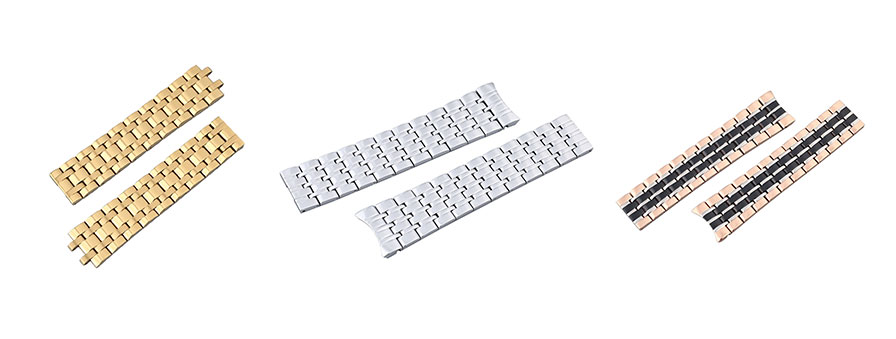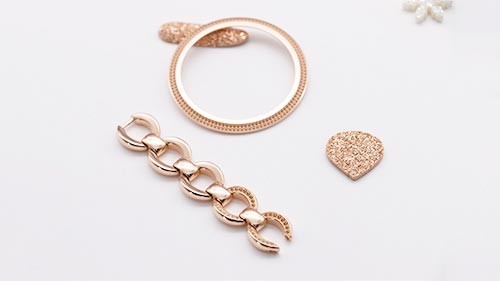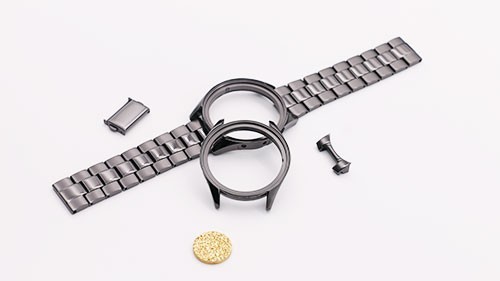Uncovering the tech secrets behind Olympic medals: Paris 2024 medal quality fiasco and tech analysis
Medal quality storm rises
At the 2024 Paris Olympics, a global sporting event, each medal carries the sweat and glory of the athletes. However, the recent exposure of the medals quality problems, especially the American skateboarder Niya Houston bronze plating off, rust and black phenomenon, triggered widespread concern and in-depth analysis of the production process of the Olympic medals, to reveal the secrets of science and technology behind this “golden” storm.
Material analysis: the mystery of perishable
The quality problem of Olympic medals is not the first time, the problem of Niya Houston bronze medals actually reveals a technical problem in the production of medals: plating protection and alloy corrosion. The medals, which were designed by French luxury goods giant Chaumet Paris, have gold plating made of silver for the gold medals and a mixture of copper, zinc and tin for the bronze medals. Although the gold plating of the gold medal is beautiful, if the plating is too thin or improperly handled, it will easily wear off in daily use. Similarly, the copper elements in copper medals oxidize to form patina, causing the surface to rust and blacken. The quality of the medals may also be affected by the athletes' personal usage habits and environmental factors, such as sweat, cosmetic residues, and even airborne pollutants may accelerate the corrosion of the plating and the oxidation process of the alloy. In addition, the quality of the plating technology is also directly related to the protection effect of the medal.
Quality is more important than Mt. Tai
Olympic medal is not just a piece of metal, it carries the sweat and dreams of athletes and represents the honor and dignity of the country. Stricter standards and measures should be adopted for the quality of medals, so that each medal can become an eternal memory and valuable wealth for athletes. How to enhance the durability of the medals, from the source of the material to solve the copper alloy and copper-silver material oxidation corrosion, plating off the serious quality defects. Citing the light and luxurious titanium steel material, the surface treatment adopts the environmentally friendly and reliable PVD (Physical Vapor Deposition) technology, presenting a bright luster of gold, silver and copper on the surface of the medals, and then increasing the nano-transparent protective layer to isolate the air and moisture, which can be used for more than ten years to keep the light bright and as good as new under normal use. In addition to improving durability, it also reflects the heritage and innovation of the Olympic spirit, the medals have both aesthetic texture and environmentally friendly materials and processes, showing the world a low-carbon commitment to reducing environmental impact and sustainable development.








